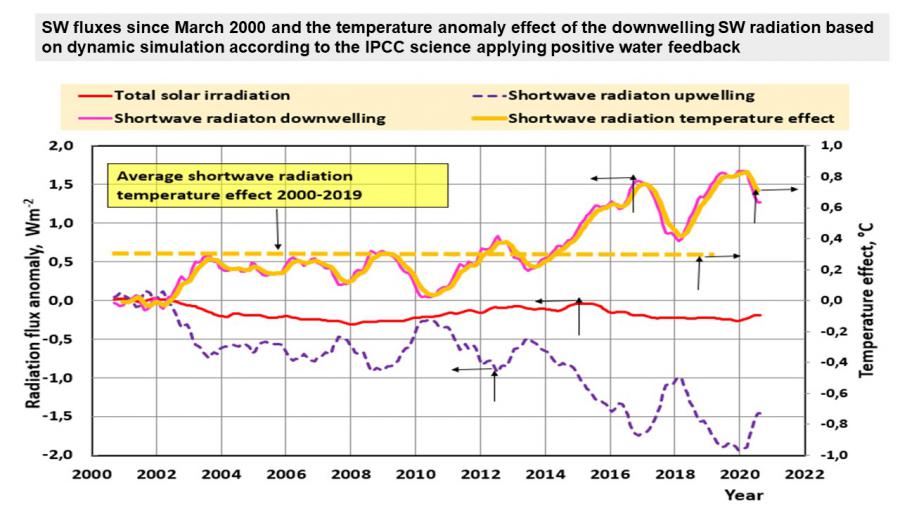Led by Dr. Wei and Dr. Qiao of the First Institute of Oceanography of the Ministry of Natural Resources, a new study offers an evaluation of the performance of recently released CMIP6 models in simulating the deceleration of global warming seen in the early 2000s.
The study shows that the key to simulating and predicting short-term temperature change is to properly isolate and simulate the two different signals, i.e. the long-standing human-induced warming trend and natural variability, in particular inter-annual, inter-decadal and multi-decadal variability. This study was published online in SCIENCE CHINA Earth Science April 15and2021.
After the unprecedented warming of the last quarter of the 20and century, the increase in the planet’s surface temperature slowed down sharply from 1998 to 2013 despite the sharp increase in greenhouse gas emissions.
This phenomenon is called hiatus or slowdown in global warming to put it more precisely. Slowing global warming challenges current scientific understanding of the mechanisms of global temperature change and has therefore been one of the most concerning issues in recent and even public climate research.
But the advanced and modern climate models of CMIP5 could not simulate this slowdown in warming. From 1998 to 2013, the models mostly exhibit a rapid warming spurt, which deviates significantly from the noted flat temperature time series.
The models significantly overestimate the rate of warming noted for the recent period. The IPCC AR5 stated: “Almost all historical CMIP5 simulations do not replicate the observed recent warming hiatus.” Thus, the simulation and prediction potential of advanced climate models has been questioned.
Currently, CMIP6 model data has been slowly released from 2020. The newly developed models offer better insights into the mechanisms of global temperature change, especially the more sensitive physical processes of natural variabilities.
Successful simulations of the slowdown of global warming simulations are anticipated from the next generation models. With the availability of data from 28 new models, it is essential to investigate the potential of CMIP6 models to submit the latest slowdown in warming in a timely manner.
The Department of Natural Resources’ First Institute of Oceanography research group compared six widely used global surface temperature datasets to assess the performance of 28 newly released CMIP6 models in simulating the recent slowdown in warming.
They found that a majority of CMIP6 models still could not replicate the warming slowdown, even though they show some promising improvements over CMIP5 models.
In addition, the researchers examined the likely reasons for the difficulties encountered by the CMIP6 models in simulating the last slowdown in warming. They reveal that it is related to model flaws in simulating the various temperature change signals of the human-induced long-term warming trend and/or the three vital natural variabilities at interannual, interdecadal and multidecadal scales.
This indicates that key scale variabilities require more attention in models because of their crucial role in controlling the change in the rate of warming at decadal to multidecadal scales. This discovery may provide important insight for the simulation and prediction of near-term climate change.
This study was financially supported by the National Natural Science Foundation of China (Nos. 41806043 and 41821004).
Journal reference:
Wei, M. et al. (2021) Could CMIP6 climate models replicate the global warming slowdown of the early 2000s? Science China: Earth Sciences. doi.org/10.1007/s11430-020-9740-3.
Source: https://www.scichina.com/




